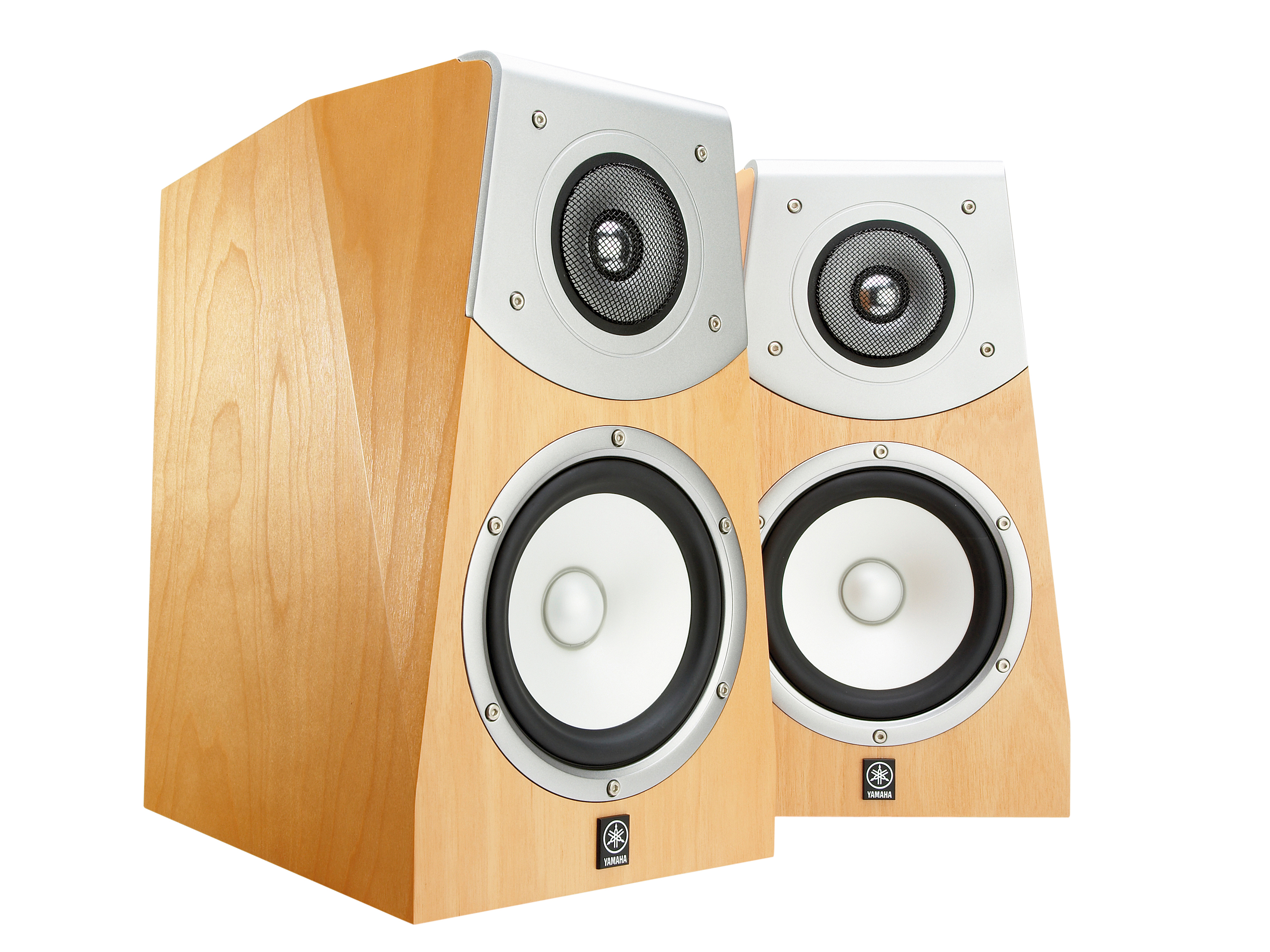TechRadar Verdict
Well-crafted standmount with a beautifully judged balance that always sounds lively, open and involving
Pros
- +
Delicate, expressive sound
Cons
- -
Balance isn't the smoothest
Why you can trust TechRadar
The only Yamaha loudspeaker review lurking on our hard drives is of an active subwoofer way back in 1994, and a good-value example of the type too.
Yamaha is a broad-based multinational, as well known for its motorcycles and pianos as for its hi-fi equipment, and its recent hi-fi activities have been strongly oriented towards multichannel sound.
However, the firm's history in loudspeakers includes some notable successes, from the legendary NS1000 models of the 1970s to the highly successful NS10M near-field studio monitor of the 1980s and 1990s, so there's plenty of precedent for the new Soavos.
While the complete Soavo range is clearly oriented towards supplying an upmarket multichannel sound system, the Soavo 1 and 2 models are floorstanding and standmount stereo pairs respectively, this smaller model carrying a £1,200-per-pair price tag.
It's a good-sized example of the type, based around an advanced 165mm bass/mid driver loaded by a rear-ported enclosure that probably has a capacity of around 14 litres.
The precise volume is difficult to ascertain here, because a key feature of this speaker is its beautifully asymmetric enclosure, probably inspired by origami: the eight non-parallel faces should ensure well-dispersed internal reflections and standing waves. The enclosure comes in various finishes, is built using triple-mitred joints and attractive birch-veneered MDF, and feels very solid and substantial.
The main driver has a 115mm cone in an interesting proprietary material called A-PMD (advanced polymer-injected mica diaphragm), which is claimed to combine very low mass with high stiffness and good self-damping characteristics.
The 25mm aluminium dome tweeter is surrounded by a short horn flare, protected by an open-mesh cover and mounted on a substantial die-cast aluminium plate to provide a measure of isolation from cabinet vibrations. Twin terminal pairs (with wire links) feed a hard-wired crossover with metallised polypropylene capacitors and air-cored inductors, and port-blocking foam bungs are also supplied.
Those bungs could be useful if circumstances demand that the speaker be placed close to a wall, but in truth this is really a free-space design, and an extremely impressive example of the type too.
You won't get an abundance of deep bass from a compact standmount, but they have the potential advantage of being lighter on their feet than floorstanders, helped by the fact that there's space for the sound to disperse below as well as all round the speaker, rather than being trapped by the floor.
It's that lightness of touch and the sheer delicacy and subtlety of midband expression that sets this speaker comfortably ahead of the pack. The complex cabinetwork has clearly resulted in an impressive freedom from boxiness, while that fancy main-driver diaphragm seems to have the agility of lightweight paper without its occasional tendency towards 'edginess'.
The tonal balance could perhaps be a little more even, but is very well judged overall; imaging is excellent, and dynamics are quite expressive, because the background hash is so well suppressed that instrumental texture and low-level detail come through well.
In the final analysis, one might wish for a little more absolute grunt - which makes its much larger brother an enticing prospect. In the meantime, this little standmount well justifies the name 'Soavo' - derived from the Italian words for 'gentle' and 'voice'.
Tech.co.uk was the former name of TechRadar.com. Its staff were at the forefront of the digital publishing revolution, and spearheaded the move to bring consumer technology journalism to its natural home – online. Many of the current TechRadar staff started life a Tech.co.uk staff writer, covering everything from the emerging smartphone market to the evolving market of personal computers. Think of it as the building blocks of the TechRadar you love today.
